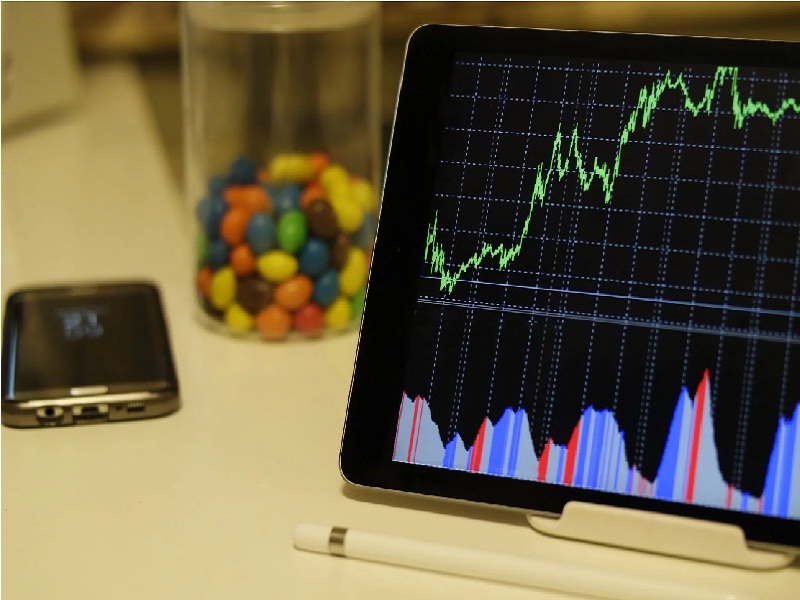Spike in Covid-19 cases takes toll on business recovery:NIBRI
Published On: Tuesday, March 9, 2021 | By: Team KnowMyStock

Nomura Global Markets Research flagged that the sharp resurgence in pandemic cases in some states and the expected spike due to upcoming elections in five states may have a deeper effect if mobility gets affected. The Nomura India Business Resumption Index (NIBRI) fell to 95.2 for the week ended March 7 versus 98.5 in the week before as both the Apple driving index and the Google retail and recreation indices took a hit while power demand and labour participation rates fell as Covid cases rose. “However, in our view, this threatens near-term normality equilibrium, rather than triggering more serious economic damage,” the research firm said.
The Japanese firm’s index tracks high-frequency indicators such as mobility, labour participation, and power consumption to assess post-pandemic recovery.
Apple driving index and Google’s retail and recreation indices have taken a hit, while workplace mobility continued to improve. Power demand fell by about 8.5% in the week versus demand of 4.2% in the prior week. Labour participation rate also fell to 39.8% from 40.6% previously.
It added that the situation was buffeted by the improving pace of vaccinations which presently covers about 1.5% of the country’s population, and due to the milder economic impact of second waves of the Covid-19 pandemic seen in other countries. “Second waves have typically been less economically disruptive,” it said.
India’s economy will get medium-term tailwinds from the lagged impact of easy financial conditions, front-loaded fiscal activism, strong global growth, the firm added.
The ‘vaccine pivot’ point should support real GDP growth of 13.5% y-o-y in FY22,” it said.
India started its vaccination program in mid-January with the plan to inoculate an initial group of 300 million people.
From March 1, the next phase of vaccination started where senior citizens and people with co-morbidities in the age bracket of 45-59 years would get vaccinated. Walk-ins to hospitals besides those having registered for the jabs would be covered. ET reported on Monday that the government may consider expanding the list of co-morbidities to make more people eligible for taking the vaccines.
We are on Telegram!
JOIN our telegram channel to receive updates on Financial News and Stock and FNO Tips.
Click Here!
Follow Us On:






